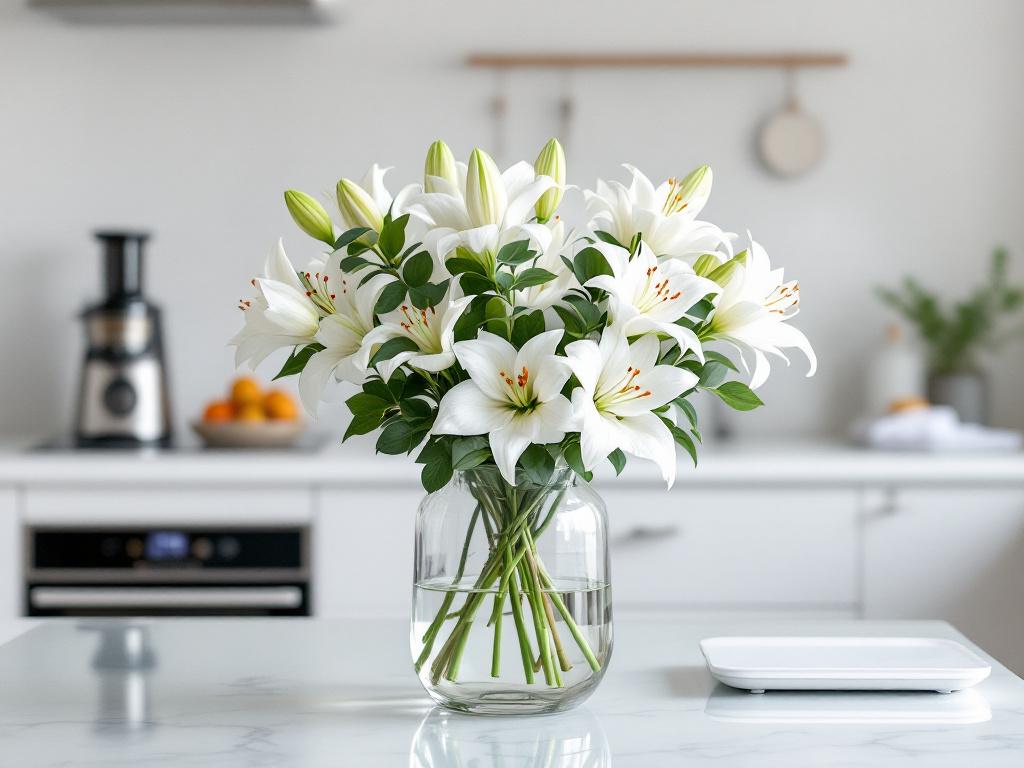
Summer in Arizona brings not only sweltering heat but also a significant increase in allergens, particularly from various flowering plants. During this season, numerous flowers begin to bloom, releasing pollen into the air, which can provoke allergic reactions in sensitive individuals. For many, this heightened exposure to pollen may result in discomfort, including sneezing, itchy eyes, and other respiratory issues. Understanding the primary sources of these summer allergens is crucial for anyone looking to enjoy the season while minimizing allergy symptoms.
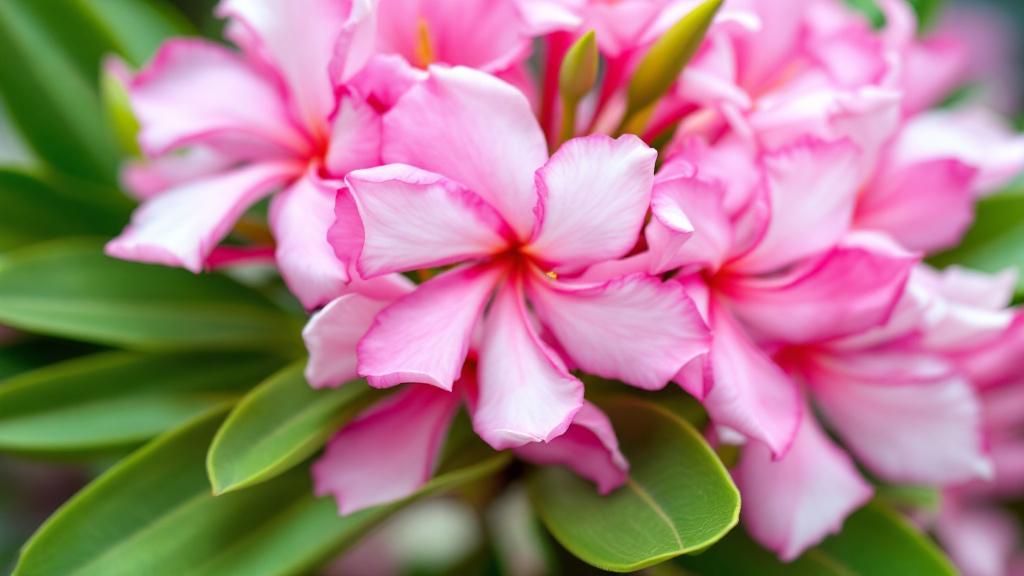
In Arizona, the diverse array of flowers contributes significantly to the summer pollen count. Certain species are particularly notorious for their high allergenic potential. As the summer months progress, these plants produce large amounts of pollen, which can become airborne and infiltrate homes, gardens, and other outdoor spaces. The phenomenon of pollen dispersal is influenced by weather conditions, humidity, and temperature, making it essential for residents to stay informed about prevailing allergenic flowers throughout the season.
Individuals with pollen allergies should be particularly vigilant during the summer months, especially in regions where specific flowers flourish. Some flowers release their pollen in the mid-summer, leading to a spike in allergy incidents. Identifying and avoiding these potentially harmful plants inside living environments can help mitigate the adverse effects of allergens. Moreover, engaging in preventive measures such as keeping windows closed and using air filtration systems may also provide relief.
In the following sections, we will delve deeper into specific flowers that are commonly found in Arizona during the summer months and explore their potential impact on indoor air quality and overall health. By the end of this discussion, readers will be better equipped to make informed decisions about which flowers to keep indoors, preserving their well-being while navigating the beauty of an Arizona summer.
Toxic Flowers and Their Impact on Health
Arizona is home to a variety of beautiful yet potentially harmful flowers that can pose serious health risks if brought indoors. Understanding the toxic properties of these flowers is paramount for homeowners and pet owners alike. A prime example is the Oleander (Nerium oleander). This evergreen shrub produces appealing blooms in shades of pink, red, or white. However, every part of the plant is highly toxic, containing cardiac glycosides that can cause severe effects, such as nausea, vomiting, and, in extreme cases, heart failure.
Another flower to be wary of is the Saguaro Cactus Flower (Carnegiea gigantea). Although not traditionally viewed as toxic, the sap of this flower can cause allergic reactions in some individuals, leading to skin irritation and respiratory distress upon contact. In addition, the flowering segments, while less harmful than the Oleander, may still pose risks if consumed by pets or children.
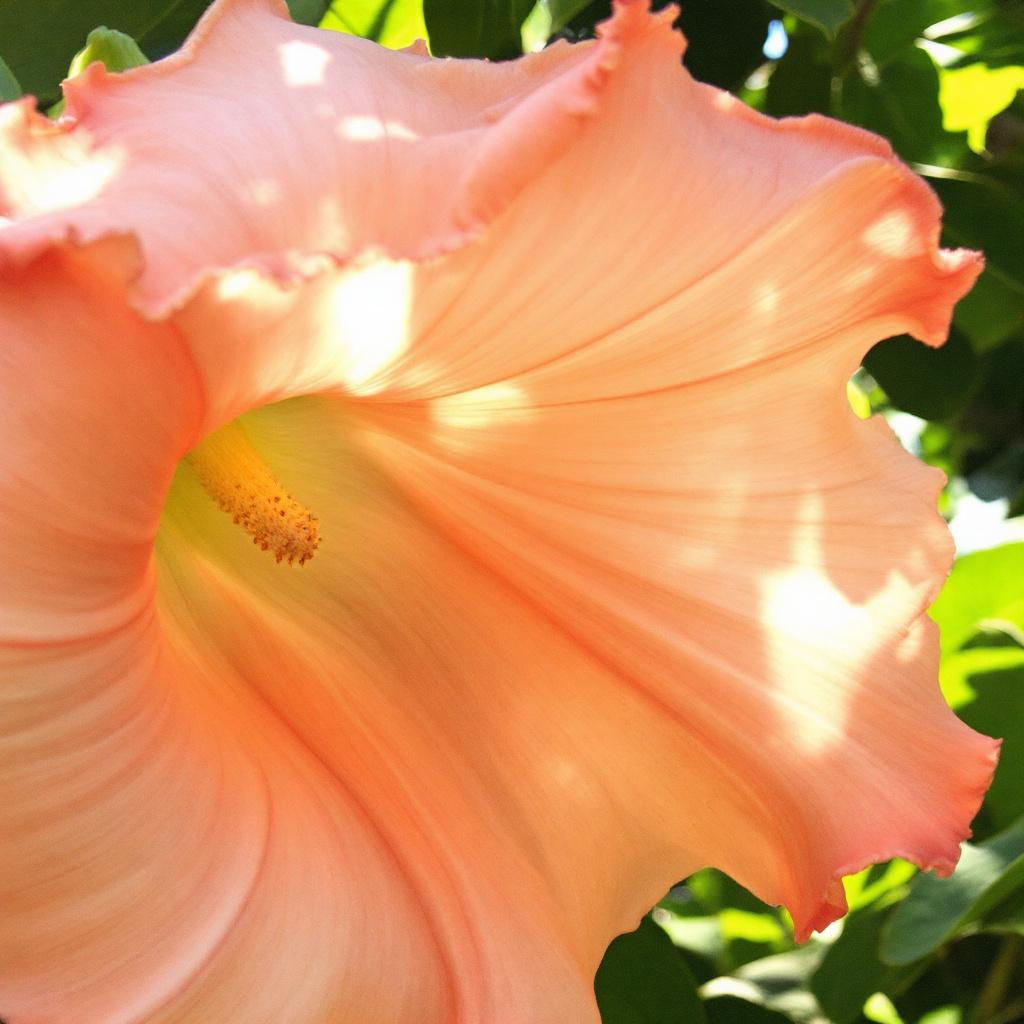
The beautiful, yet dangerous Angel’s Trumpet (Brugmansia spp.) is another notable toxic flower found in Arizona. This plant features large, trumpet-shaped blooms in various colors, but it contains alkaloids like scopolamine and atropine, which can cause a range of symptoms including hallucinations, rapid heart rate, and even paralysis in severe cases. Should any part of this plant be ingested, it is imperative to seek medical attention immediately.
Exposure or ingestion of these toxic flowers often results in symptoms that can vary from mild to severe, depending on the amount consumed and the individual’s health status. Typical symptoms of toxicity include gastrointestinal distress, confusion, and cardiovascular symptoms. Therefore, it is crucial to educate yourself and your family about the risks associated with these flowers and to monitor areas where they might bloom. In the event of exposure, contacting poison control or seeking immediate medical aid is essential to mitigate health risks associated with these harmful plants.
Common Allergenic Flowers to Avoid in Your Home
During the summer months in Arizona, certain flowers can significantly increase the risk of allergic reactions due to their pollen production. Understanding which flowers to avoid can provide valuable information for managing allergies, particularly in indoor settings. One of the most notorious culprits is the Ragweed, which typically blooms from late summer to early fall. Its pollen is lightweight and can travel long distances, leading to widespread allergic reactions, including sneezing, runny nose, and itchy eyes.
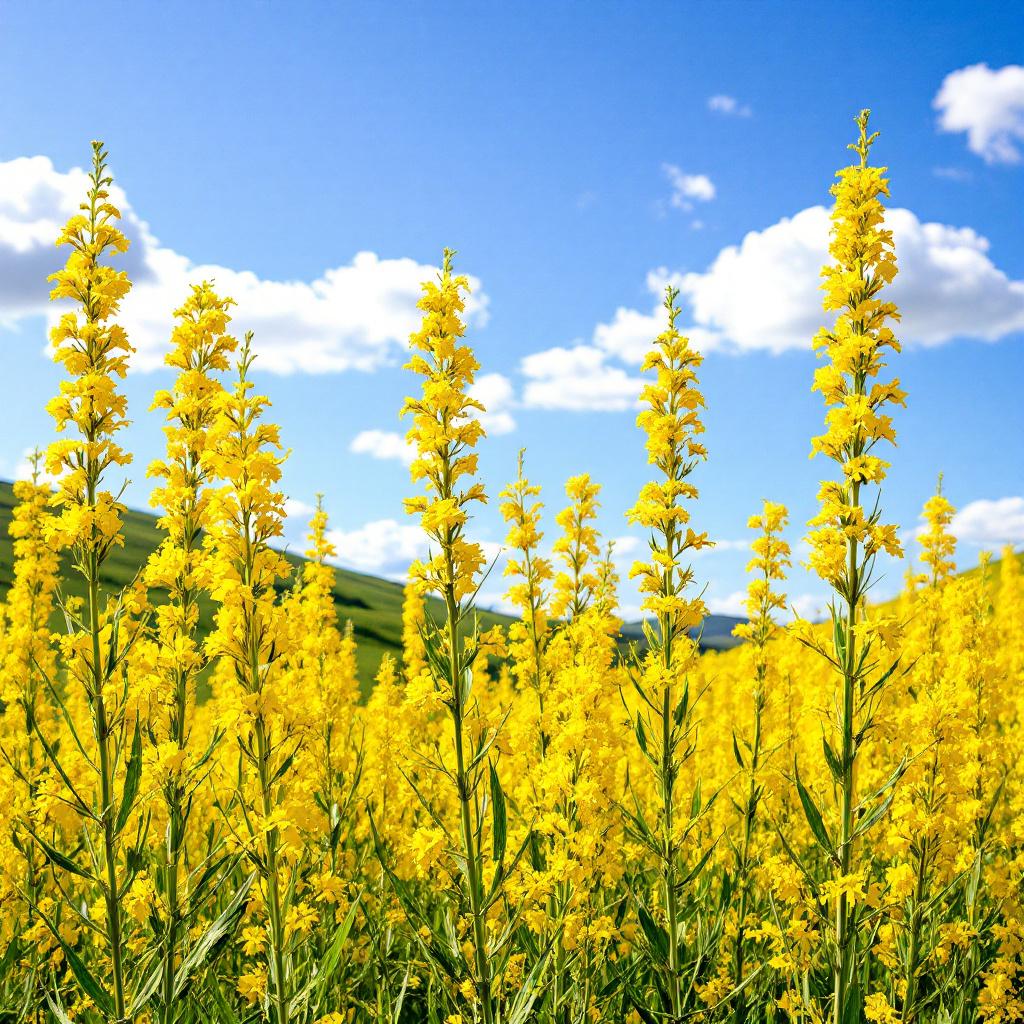
The Goldenrods are also problematic; these flowering plants release pollen in late summer, peaking around August. Although often mistakenly blamed for allergies, it is important to note that Goldenrods primarily rely on insect pollination instead of wind, but they can still contribute to local pollen counts affecting allergy sufferers.
Mulberry trees are another source of allergenic pollen, featuring male trees that produce copious amounts of pollen around March to April. The pollen from Mulberry can remain airborne, exacerbating allergies well before summer arrives. Lastly, the Western Sagebrush is noteworthy for its high pollen output during late spring through summer, which can lead to significant allergenic reactions during its blooming period.
Understanding these common allergenic flowers and their blooming periods will enable individuals to make informed decisions regarding their home environments. By minimizing exposure to these flowers, particularly during their peak pollen seasons, one can significantly decrease the likelihood of allergy symptoms in living spaces.
Tips for Safe Flower Choices for Summer Decor
When considering flower choices for summer decor in Arizona, it is essential to prioritize safety and healthiness in addition to aesthetics. Many flowers that thrive in the vibrant summer sun can cause allergic reactions or discomfort when brought indoors. Consequently, selecting non-allergenic plants and flowers is paramount for creating an inviting indoor environment.
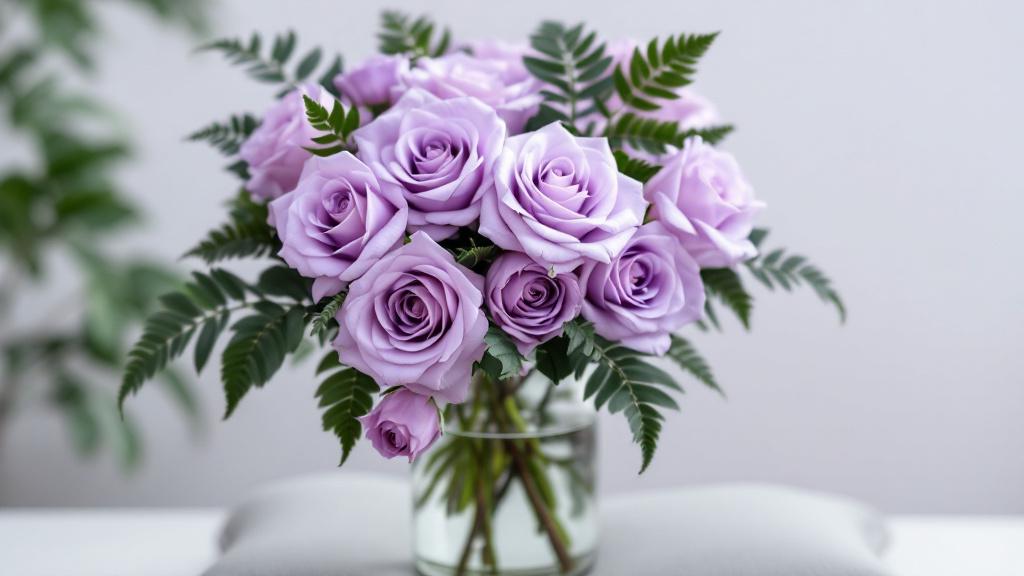
To ensure a pleasant and safe decorative experience, consider opting for hypoallergenic varieties, such as orchids, peace lilies, and calla lilies. These flowers not only offer an elegant aesthetic but also produce fewer allergens compared to traditional blooms like daisies or sunflowers. Furthermore, incorporating greenery like ferns or spider plants can enhance the visual appeal while also improving indoor air quality.
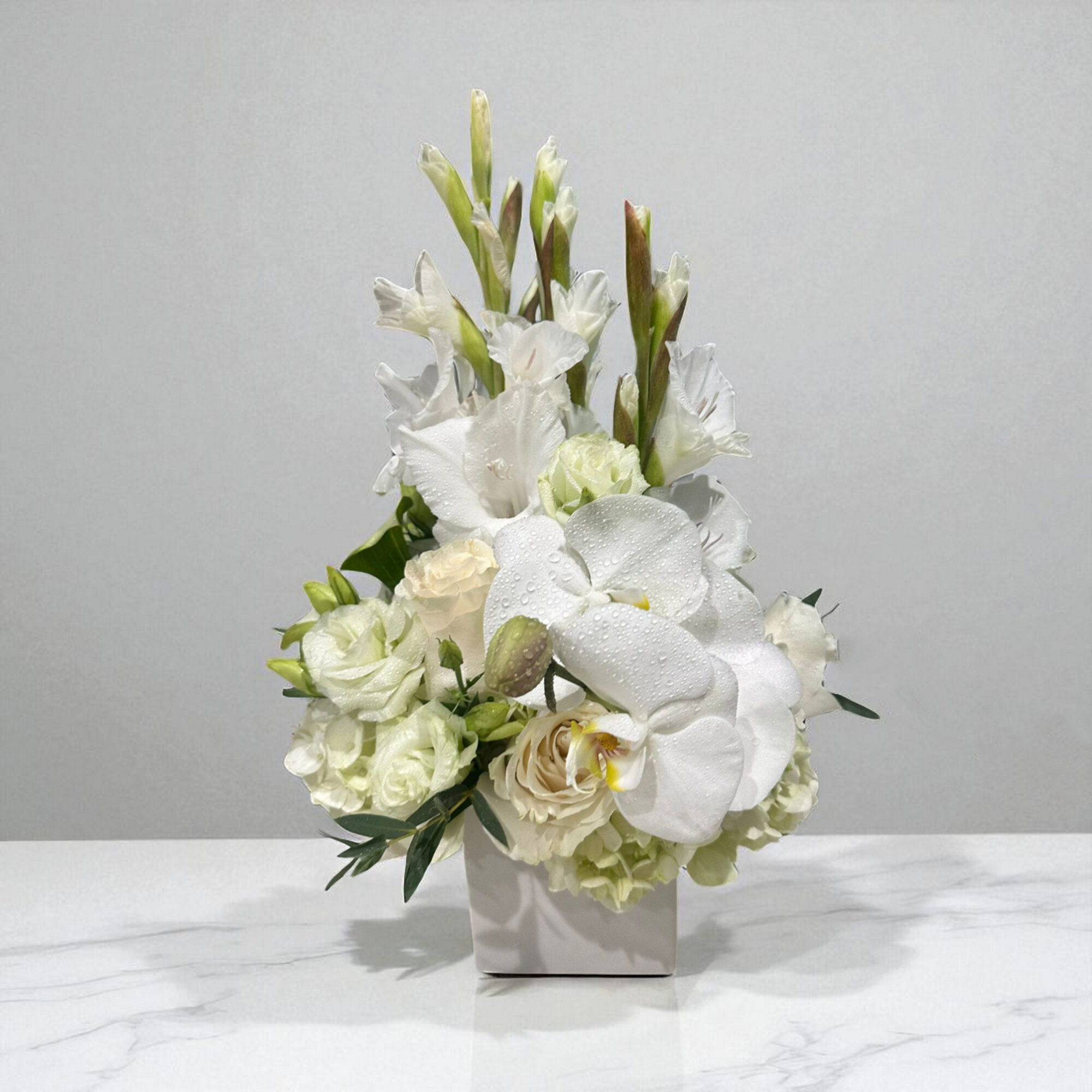
Proper care for your chosen flowers should not be overlooked. Ensure that they are placed in appropriate light conditions and that watering is done without excess, as standing water can lead to mold growth—a potential health hazard. Routinely checking your arrangements for wilting leaves or decaying flowers will help maintain both the beauty of your decor and a healthy environment.
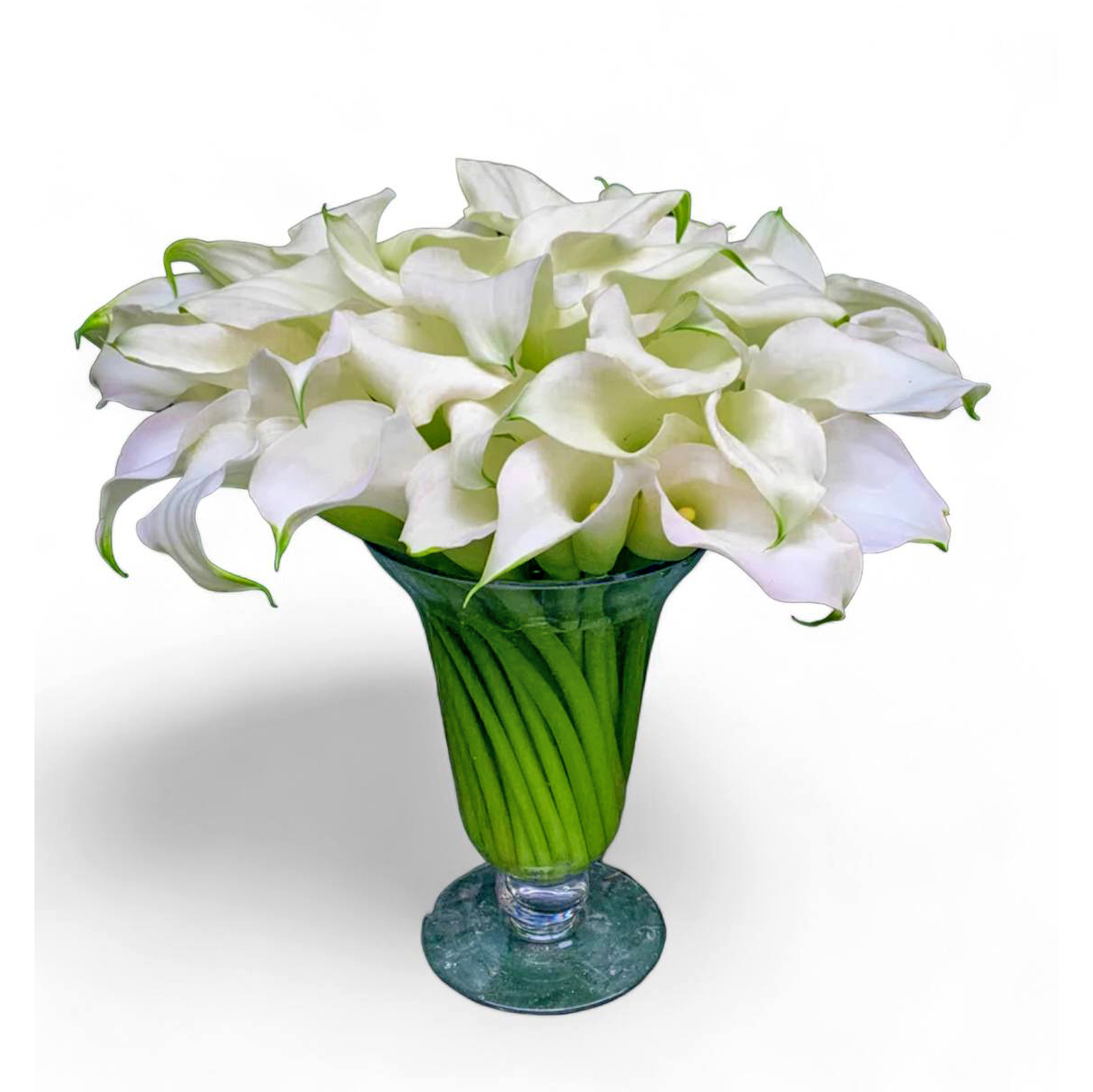
When arranging these flowers, aim for a balanced composition that incorporates varying heights and textures to create visual interest. Grouping flowers with differing colors can brighten up the room, providing an inviting atmosphere for family gatherings or entertaining guests. Additionally, consider placing arrangements in areas that do not obstruct airflow, further supporting a healthy indoor environment.
Ultimately, while creating a summer floral display indoors, it is crucial to strike a harmonious balance between aesthetic appeal and health considerations. By selecting non-allergenic flowers and following care guidelines, you can enjoy the beauty of nature safely, making your indoor spaces visually enjoyable and health-conscious.
